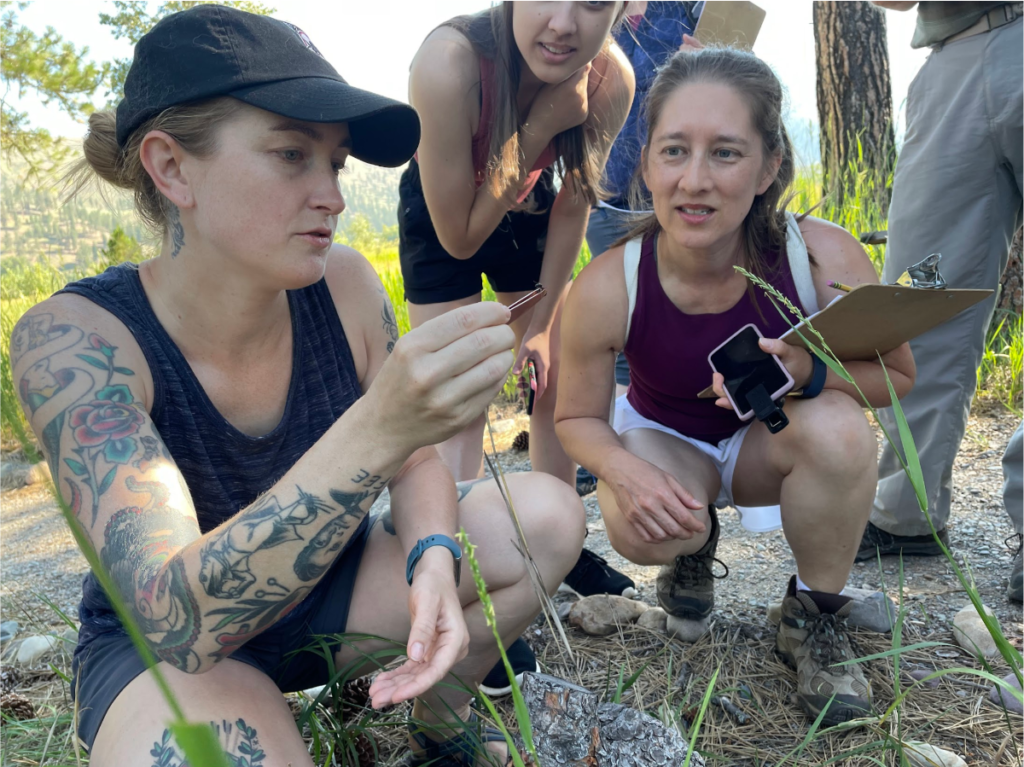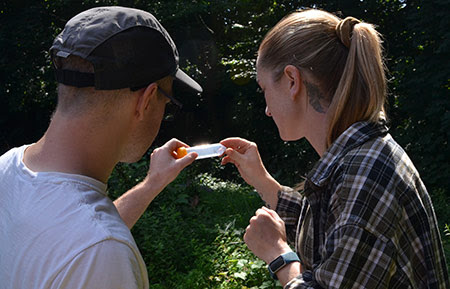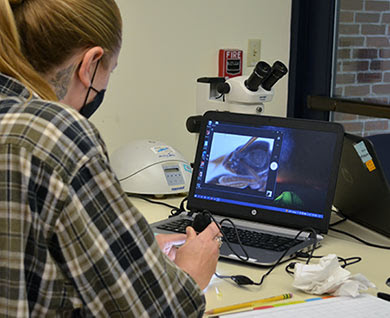Welcome back to the Lab!
It’s been three months since my last lab dispatch but it might as well have been three days. This summer has kept us all on our toes, what with camps, fairs, festivals and of course, the ongoing construction of our new building. We’re less than a year away from being in our new home and we’re busier than ever. And while it’s been an all-hands-on-deck kind of summer, one project in particular has remained my number one priority, Barcoding US Ants.

You’ve probably heard me plug it before: Barcoding US Ants is a collaborative effort between MBHI and the DNA Learning Center in Cold Spring Harbor, NY. The goal of the project is to engage community scientists in the science of DNA barcoding, in order to identify and map ant (and soon, beetle and mosquito) species throughout the United States. We’ve been quietly working behind the scenes for the last several years to get this program off the ground, and finally, this summer, we were able to offer it to the public-at-large as a unique opportunity to learn about the science of DNA barcoding. And in order to learn how to teach this program effectively and ensure our participants get the most out of their experience, I had the opportunity to visit our collaborators at the DNA Learning Center in Cold Spring Harbor, NY.

The DNA Learning Center is an education center affiliated with the Cold Spring Harbor Laboratory, a non profit research organization focusing on cancer research, neuroscience, and genomics, among others. In 2019, CSHL was recognized by the journal Nature as the top academic research institution in the world; home to hundreds of scientists and researchers, and eight Nobel laureates. So you could say I was excited to stay there. But besides my excitement at staying and learning at such a prestigious institution, I found myself east of the Mississippi for the first time in my life, and most evenings you could find me wandering around the wooded campus and exploring the beach. Did I cry when I saw fireflies for the first time? Maybe.

During my time on the east coast, I took in as much as I could in one short week, but at the end of every day, I left the workshop at the DNA Learning Center ready to come back to Missoula and share how accessible and downright fun the science behind DNA barcoding is. As of this writing, we have wrapped up our field season and will be moving into the wet lab phase, where participants will perform DNA isolation, polymerase chain reaction (PCR), and gel electrophoresis. After our DNA products have been sequenced, participants will analyze the DNA sequences, identify their specimens, and submit the DNA barcodes to GenBank, a genetic barcode database managed by the National Center for Biotechnology Information.
Barcoding US Ants is winding down for the season, but my overall excitement remains as palpable as it was when I returned from Cold Spring Harbor. I’d tell you to be on the lookout for future activities and opportunities to learn about DNA barcoding, but chances are, you won’t have to look very hard. I won’t shut up about it any time soon.
Until next time, thanks for visiting the lab!
Bug Wrangler Brenna
brenna@missoulabutterflyhouse.org
Want to revisit a previous Notes from the Lab issue? Check out our archive! Do you want to request a subject for an upcoming issue? Email me at the address above and put “Notes from the Lab” in the subject line.